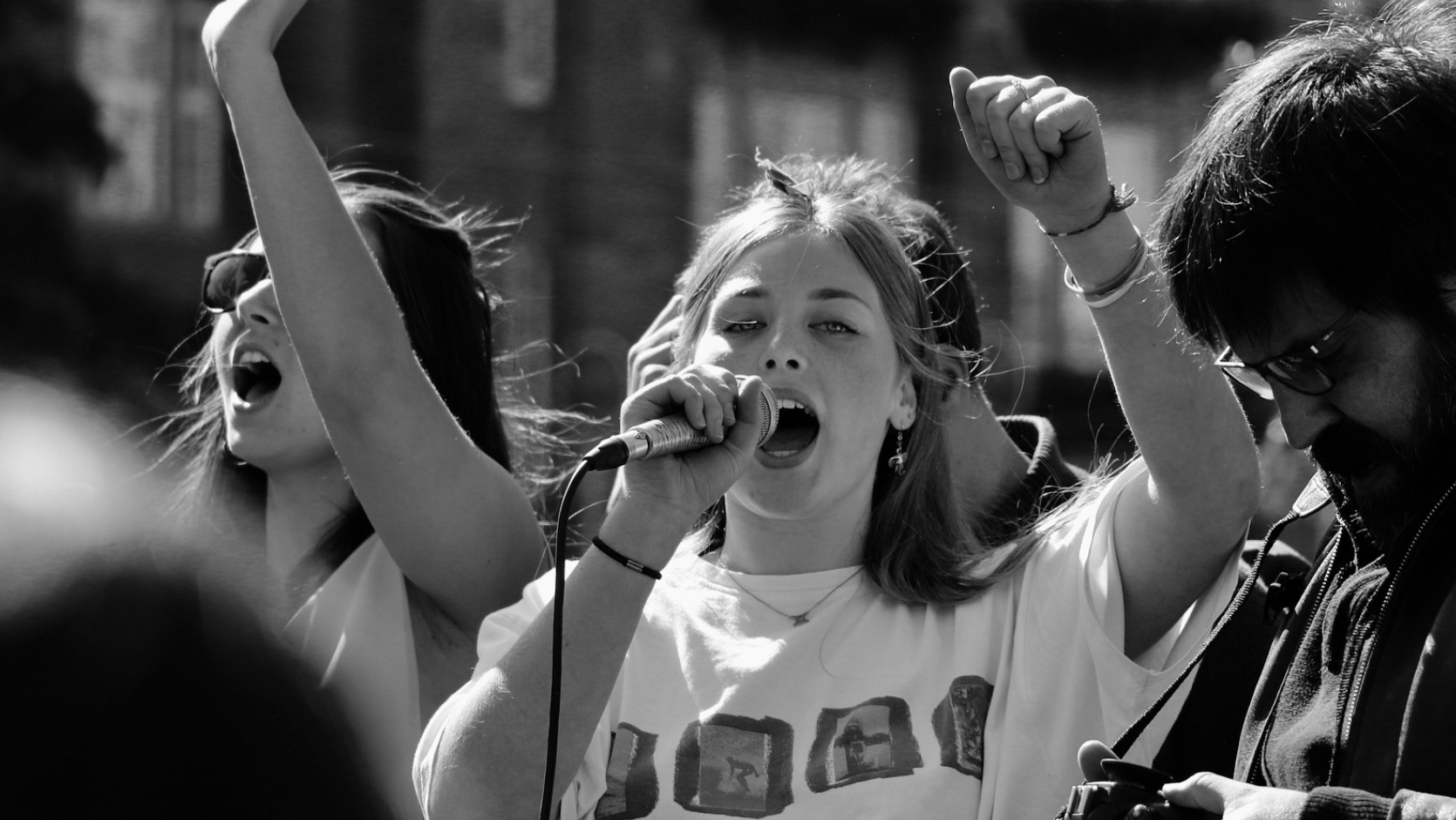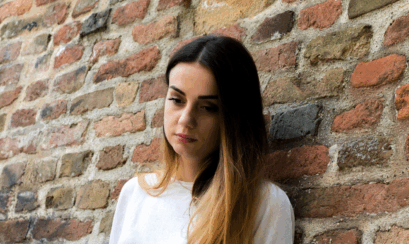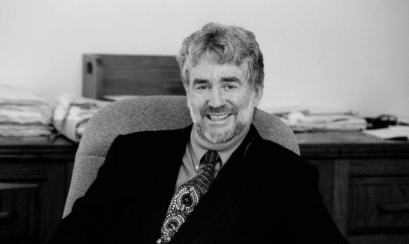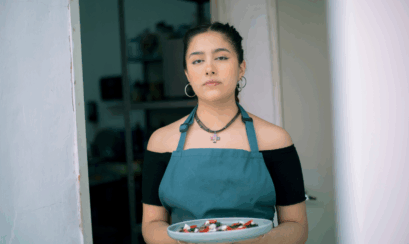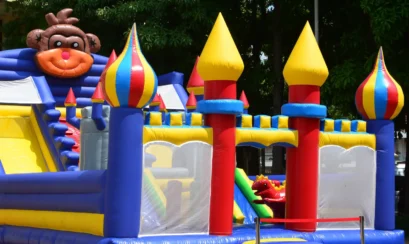For the first time, 16-year-olds in Europe were allowed to vote in the June 2024 election for the European parliament, and they turned out in droves.
Where can 16-year-olds vote?
Sixteen-year-olds can vote in a number of countries, including Argentina, Austria, Belgium, Brazil, Cuba, Ecuador, Ethiopia, Germany, Malta, Nicaragua and Scotland. Now there is a fresh movement for Australia to change the law to allow 16-year-olds to be able to vote, but not to make it compulsory as it is for everyone over eighteen.
New Zealand’s highest court has ruled that the country’s voting age of 18 amounted to age discrimination under the country’s Bill of Rights. (Please see New Zealand Supreme Court finds laws setting voting age at 18 are discriminatory on the basis of age, Human Rights Law Centre.)
Arguments for allowing 16-year-olds to vote
The argument for lowering the voting age is that many global problems such as climate change will have the biggest impact on today’s young people, and therefore they should be able to have a say in their future. (Please see Should the voting age in Australia be lowered to 16? – The Conversation, 6 July 2023.)
Today it is legal for teenagers under 18 to drive a car at 16, have a job, open a bank account, pay taxes, leave school at 17, consent to sex, be sent to jail and own property. Ten-year-olds can be charged with a criminal offence, 13-year-olds can be military cadets and 17-year-olds can join the army – but they can’t vote.
Australia’s voting history
The legal right to vote has been steadily expanded since Australian federation in 1901. In Australia’s first national election in 1901, only men over 21 could vote.
In 1902 women won the right to vote. In 1924 voting was made compulsory due to low turnout. (Please see Why Herbert Payne deserves a statue.)
In 1962 the national law was changed to allow Indigenous people to vote. (Please see Australian voting history in action, Australian Electoral Commission.)
During the Vietnam War, 18-year-olds were conscripted and sent to fight, kill and die without being allowed to vote. It wasn’t until 1973 and the war was over for Australia that the new Labor government lowered the voting age to eighteen.
Campaign to allow 16-year-olds to vote
While there have been failed attempts to lower the voting age to 16 in the past, the Greens have a Bill before parliament to lower the age.
A new campaign by young activists called Make It 16 is proclaiming the old American revolution principle of “no taxation without representation”. Employed 16 and 17-year-olds pay tax, so they should have the right to a say in how the country is run. (Please see Push to lower Australia’s compulsory voting age to 16 as advocate says youngsters feeling ‘disenfranchised’, ABC News, 4 April 2024.)
How enthusiastic teens will be to vote remains to be seen. Latest voter enrolment figures show it is lowest among those aged 18 to 24, at 89.5 per cent, compared to the national figure of 97.2 per cent. If voting isn’t compulsory, enrolment levels are likely to be far lower.
Opponents say optional voting for 16 and 17-year-olds would usher in a two-tier voting system.
Young people feel ignored by major parties
The disillusioned young tend to favour fringe and single-issue parties and independent candidates, rather than the major established political parties, because they feel ignored. (Please see The 2022 Australian Federal Election – Results from the Australian Election Study, Griffith University, December 2022.)
Thousands of teens have protested that more must be done to avert the dangers of climate change, and have been frustrated that not enough has been done. Perhaps for that reason the big parties are not keen on lowering the voting age.
Allowing 16 and 17-year-olds to vote could pressure the major parties to take the young into consideration more when formulating policies such as housing, education and the environment.
For more information please see the articles below.
Blind and vision impaired voters in NSW affected by decommissioning of iVote

